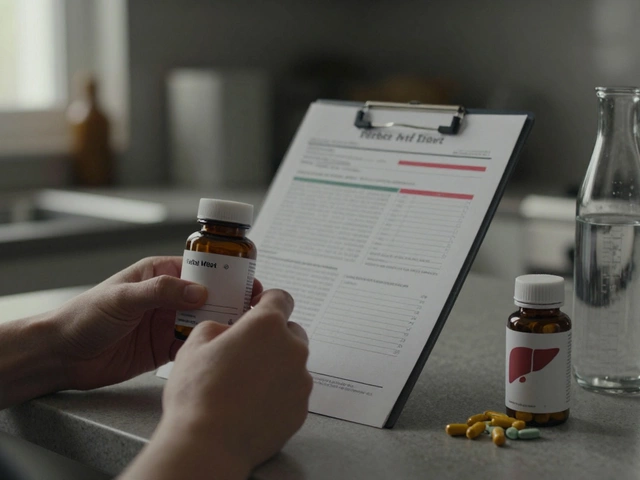Cancer Cure: Understanding Options, Realities, and Hope
When talking about cancer cure, the medical goal of completely eradicating malignant cells or achieving long‑term remission. Also known as cancer remission, it shapes research, treatment planning, and patient expectations.
One of the biggest questions people face is whether a cure is possible for stage 4 cancer, cancer that has spread beyond its original site to distant organs. The reality is mixed: some patients experience long‑lasting remission thanks to targeted drugs, immunotherapy, or surgery, while others focus on quality‑of‑life measures. Understanding the specific biology of late‑stage disease helps doctors match the right therapy to the right patient.
In recent years, advanced cancer therapies, treatments like CAR‑T cells, checkpoint inhibitors, and personalized gene panels have reshaped what we call a cure. These tools influence outcomes by attacking cancer at the molecular level, often turning what used to be a terminal diagnosis into a manageable chronic condition. The more we learn about tumor genetics, the better we can predict which therapy will trigger a durable response.
But none of these breakthroughs matter if the disease is caught early. early detection, screening and diagnostic methods that identify cancer before symptoms appear dramatically raises the odds of achieving a cure. Regular mammograms, low‑dose CT scans for lung cancer, and HPV testing for cervical cancer are proven ways to find tumors when they’re most treatable. Early detection doesn’t just add years; it adds quality to those years.
Key Factors That Shape the Journey Toward a Cancer Cure
Putting these pieces together, we see a clear web of relationships: cancer cure encompasses stage‑specific treatments; advanced cancer therapies influence cure outcomes; and early detection improves the chances of reaching remission. Patient age, overall health, and personal preferences also play a role, as does access to specialized cancer centers that can deliver the latest trials. Whether you’re a newly diagnosed patient, a caregiver, or just curious, knowing these factors helps set realistic expectations and informs smarter choices.
Below you’ll find a collection of articles that dive deeper into each of these topics – from the harsh truth about stage 4 prognosis to the most promising immunotherapy advances, and practical tips for early screening. Use them as a roadmap to understand where hope lives, what the limits are, and how you can act today to improve the odds of a cure.






